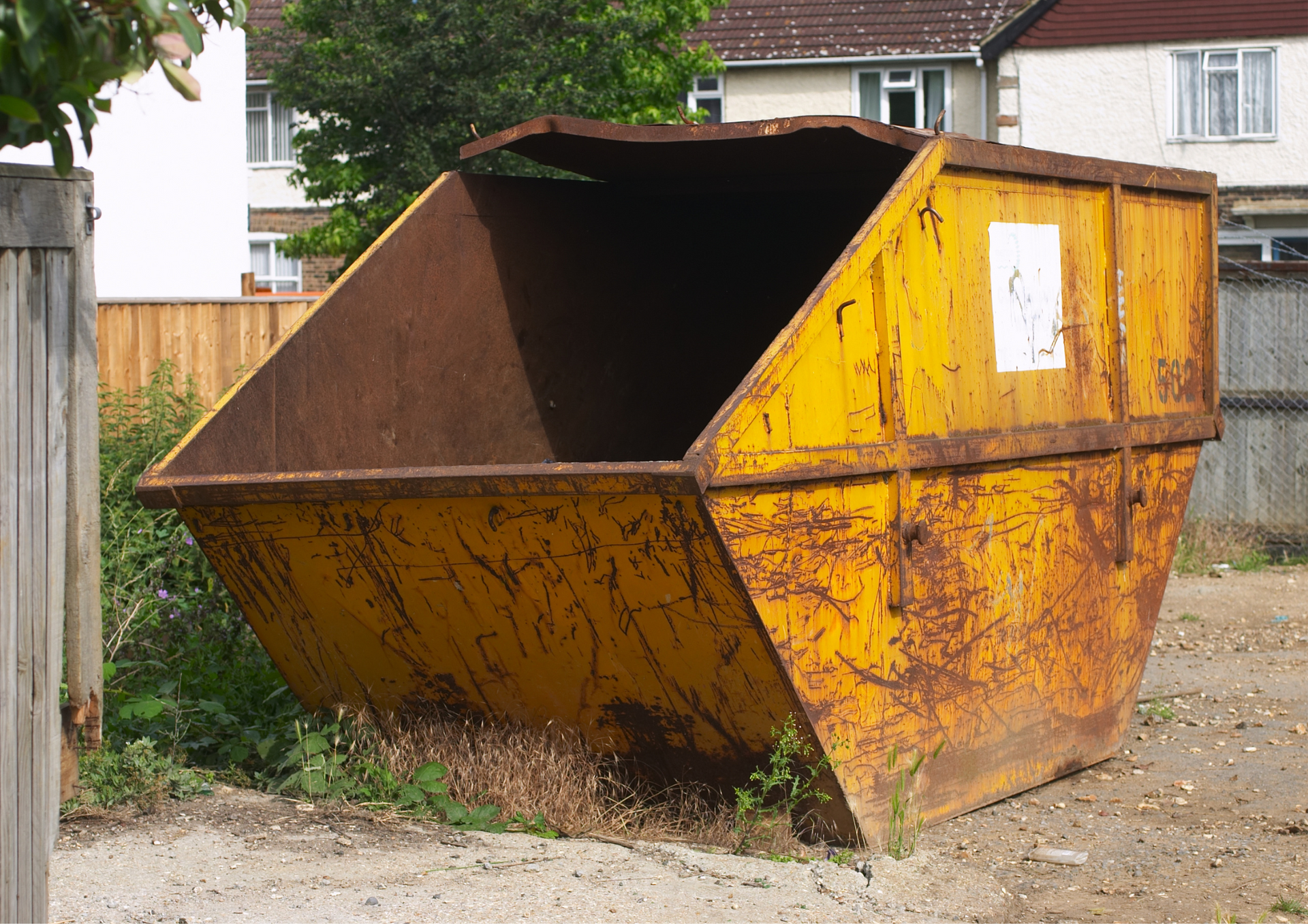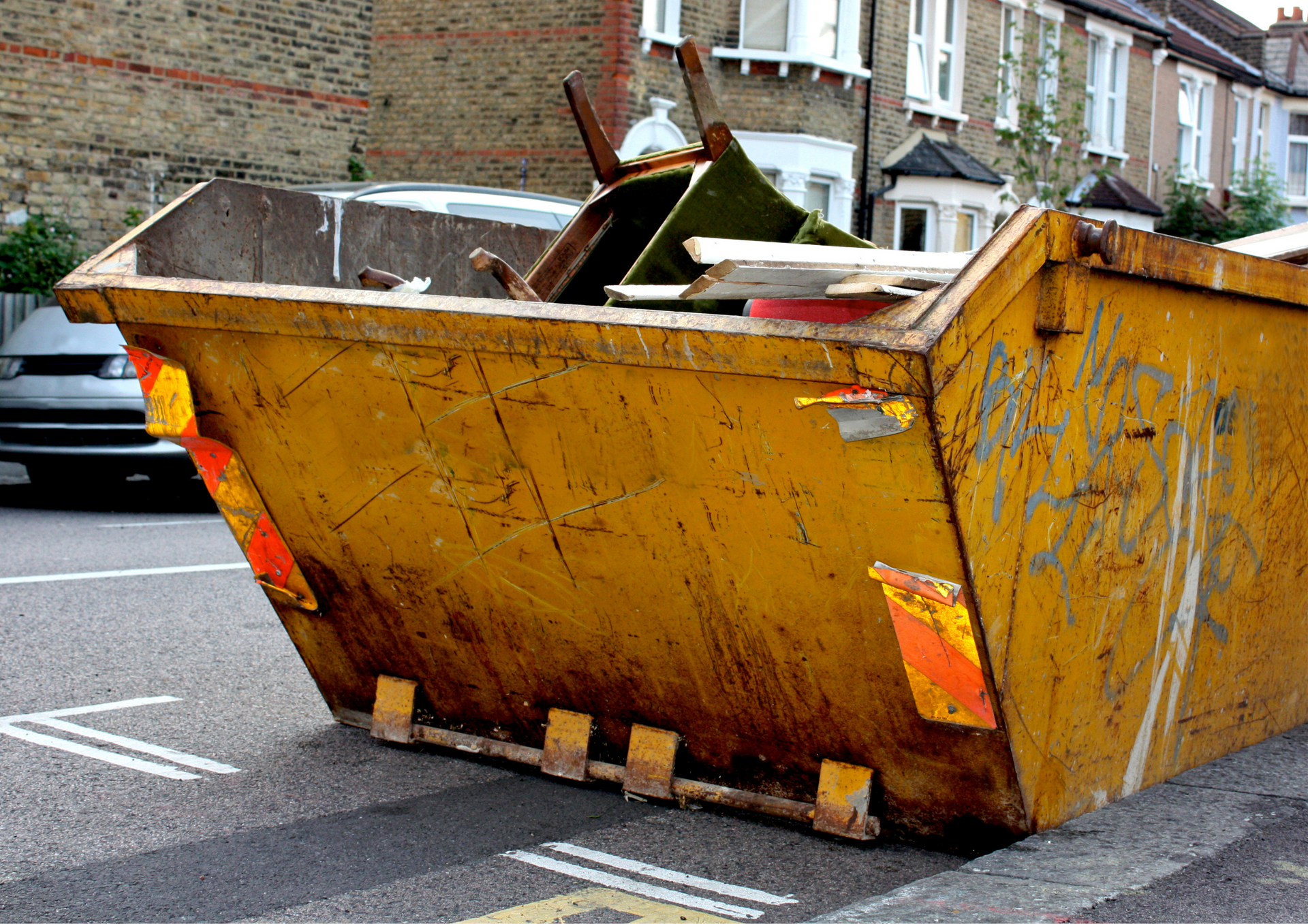Builders Skip Hire Rules: What You Can & Can’t Put in a Skip
When tackling large projects—whether it’s a house renovation, office clearance, landscaping work, or even a construction site clean-up—knowing the ins and outs of builder’s skip regulations is essential. A skip offers a straightforward, cost-effective way to manage waste, but not everything can simply be thrown inside. Misusing one can result in fines, delays, or even environmental harm.
This guide will walk you through the rules of what’s acceptable and what’s not, so you can dispose of waste responsibly and with confidence.
What Can Go in a Builders Skip
A builder’s skip is designed to handle a wide variety of non-hazardous waste. Everyday renovation debris like bricks, concrete, wood, tiles, soil, and plasterboard are typically allowed. For homeowners, this means old kitchen units, broken furniture, and unwanted flooring can be cleared with ease. Businesses and landscapers also benefit by disposing of general office waste, garden cuttings, and bulky items.
Understanding what can go in helps maximise your skip space and ensures you stay within the legal framework. If you’re unsure, always check with your provider before filling.
What Cannot Go in a Skip
While skips are versatile, some items are strictly prohibited due to health and environmental risks.
Avoid placing the following in your skip:
- Asbestos
- Batteries
- Chemicals and paints
- Tyres
- Electrical appliances
- Gas cylinders
- Medical waste
For construction companies and event organisers, ignoring these rules can result in fines. Always separate hazardous items to ensure safe and efficient waste disposal.
Choosing the Right Skip Size
Before you book, it’s important to consider which builders skip size will suit your project. Skips come in a range of capacities, typically starting from 6 yards (suitable for small clean-ups) to 12 yards (ideal for large construction and commercial projects). Picking the correct size avoids the frustration of hiring another skip later or paying for unused space.
Careful planning ensures you only pay for what you need, making your waste management both cost-effective and hassle-free.
Understanding Costs and Practical Considerations
The cost of a skip can vary depending on location, duration of hire, and size. A builders skip price is usually determined by how much waste you need to dispose of and any restrictions in place. Additional charges may apply for overfilling or including prohibited items.
When budgeting, it’s important to factor in the builders skip cost as part of your project planning. For many, this small investment saves significant time and effort compared to multiple trips to a local recycling centre.
Reliable builders skip hire services not only save money but also help you stay compliant with regulations, giving peace of mind throughout your project.
Hiring a
builder’s skip is one of the most practical ways to manage large volumes of waste. By understanding what can and cannot be placed inside, choosing the correct skip size, and being aware of costs, you can streamline your project while avoiding unnecessary issues. From homeowners to construction firms, landscapers to businesses, everyone benefits from following these rules and making waste management efficient, safe, and environmentally responsible.
At
Skip Hire Kettering, we pride ourselves on being more than just a waste disposal service—we’re your trusted partner for reliable, professional
skip hire solutions. Our team offers expert advice to ensure you get the right skip for your needs, whether it’s a home renovation, office relocation, or large construction project. With competitive pricing, flexible hire periods, and a commitment to environmental responsibility, we make the process smooth, affordable, and stress-free.
New update on X:
Builders skip hire rules – what you can and can’t put in a skip!
You might also like




